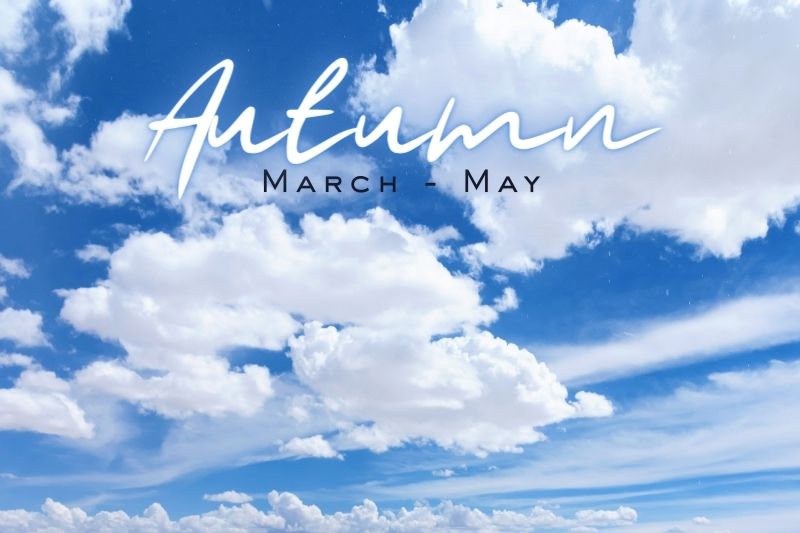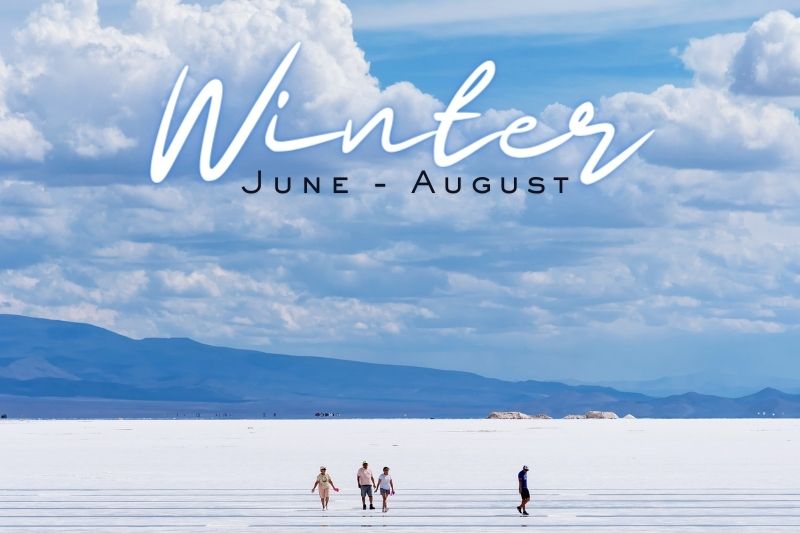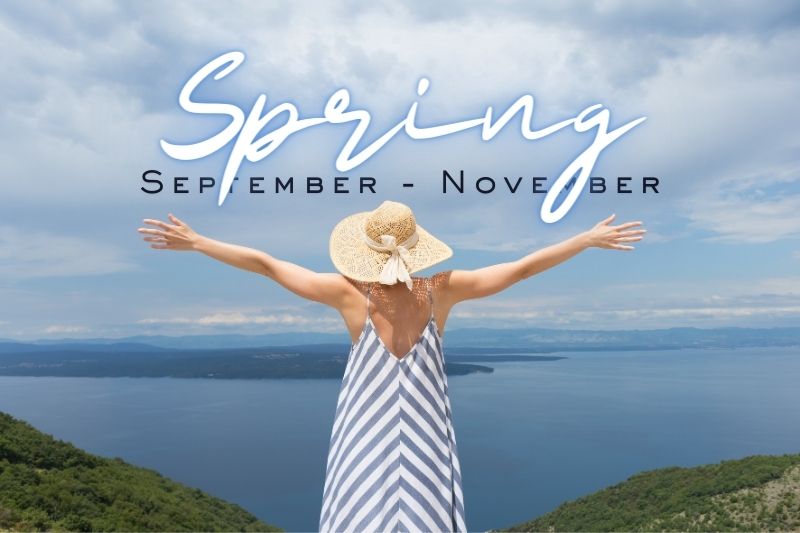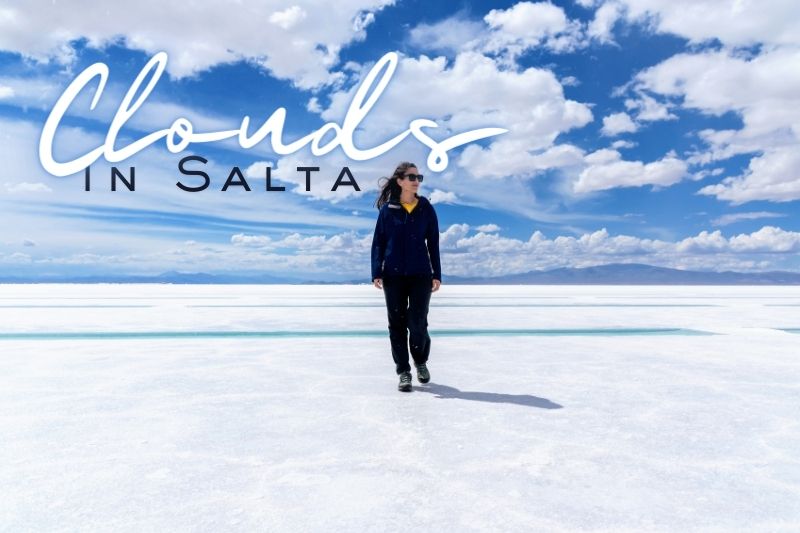I’ll never forget my first autumn ride on Salta’s Train to the Clouds. The air was crisp, the skies were clear, and the landscapes were just starting to shed their summer vibrancy for the subtle golds and browns of fall.
Since then, I’ve experienced this train journey in every season. Winter brought frosty mornings that glittered under the sun, and spring dazzled with wildflowers peppering the mountainsides. Each season adds its own flavor to the trip, and I’m here to help you pick the best time for your adventure!
March to May (Autumn)

Autumn in Salta brings mild weather, making it a comfortable time for train travel. The temperatures during these months are pleasant, usually ranging between 12°C to 24°C. This season is also marked by clearer skies, which offer unobstructed views of the spectacular landscapes.
Plus, autumn is a period of lower tourist traffic compared to the high season, allowing for a more relaxed experience with less crowding on the train.
June to August (Winter)

Winter might seem an unlikely recommendation for a train journey, but it holds a certain allure for those willing to brave the cooler weather. The winter months in Salta can be cold, particularly in the mornings and evenings, with temperatures often dropping below freezing at higher altitudes.
The daytime can still be sunny and clear. The crisp air provides some of the clearest skies of the year, ideal for photography enthusiasts looking to capture the raw beauty of the Andes.
During these months, you’ll also have the opportunity to witness the snow-capped peaks of the mountains—an uncommon sight during the rest of the year. Moreover, winter is the low season, meaning fewer tourists and more tranquility throughout your journey.
September to November (Spring)

Spring is arguably the best time to visit if you want to experience the full vibrancy of the region. As the winter chill begins to dissipate, the landscape bursts into life. This is when the flora of the Puna region starts to bloom, splashing color across what is often a stark landscape.
The weather is also becoming warmer, yet not as hot as in the summer, making it ideal for those who prefer comfortable travel conditions. Like autumn, spring also benefits from clearer skies and fewer tourists than the peak summer months, offering a pleasant travel environment.
Avoid: December to February (Summer)
Summer in Salta is marked by heavy rainfall, which can lead to disruptions in train services due to the risk of landslides and flooding.
The rain not only increases the likelihood of travel interruptions but also obscures the scenic views that make the train journey so spectacular. The summer months are the peak tourist season for local travelers, which means the train can be exceptionally crowded.
Tips for Planning Your Trip
- Book Early: The Train to the Clouds is a popular attraction, and seats can fill up quickly, especially during the preferred travel seasons of autumn and spring. Booking your tickets well in advance can help avoid disappointment.
- Booking Tickets: It’s best to book your tickets in advance, particularly for travel during the peak seasons of autumn and spring when the train is most popular. Websites like Viator and Tiqets often offer convenient online booking options.
- Getting There: The train starts from Station San Antonio de los Cobres. You can get there by taking a bus from Plaza Antofagasta in Salta, which is a convenient starting point just a short walk from local attractions like the Museo Pajcha.
- Prepare for Altitude: Traveling to over 4,000 meters can affect even the healthiest individuals. It’s wise to spend a few days in Salta acclimatizing to the elevation before embarking on the train journey.
- Dress Appropriately: Layers are key, as temperatures can vary significantly throughout the day and with changes in altitude. Also, be prepared for strong sunlight, which can be particularly intense at high altitudes.
- Stay Hydrated: The dry air and high altitude can lead to dehydration. Drinking plenty of water before and during the trip will help mitigate altitude sickness and enhance your overall experience.

